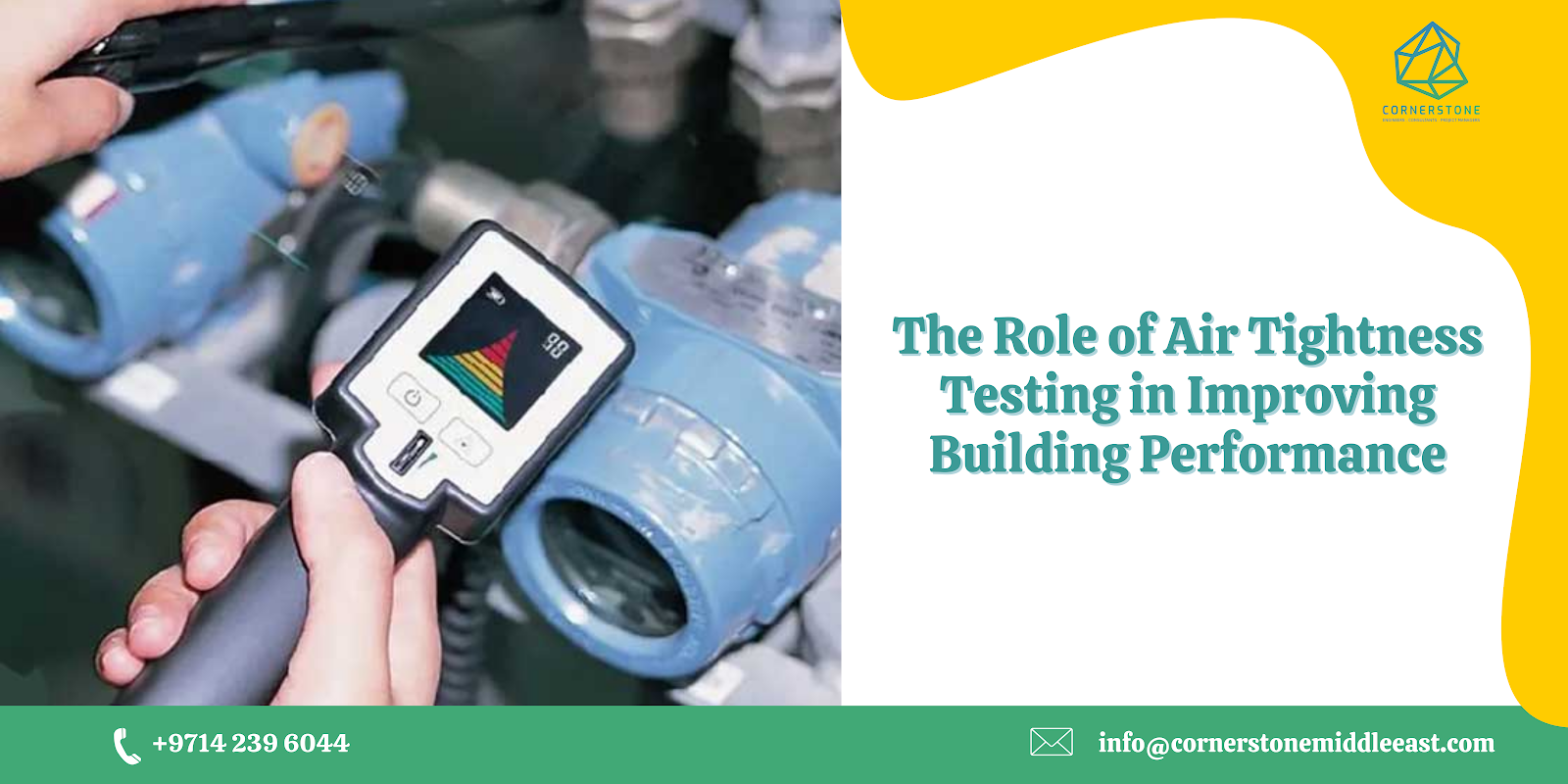How UAV Drone Inspections are Improving Safety in the Energy Sector
In the energy sector, safety is paramount. From maintaining pipelines and power lines to inspecting oil rigs and wind turbines, regular inspections are critical to ensuring that these infrastructures operate smoothly and safely. However, traditional inspection methods often place human inspectors in dangerous and hard-to-reach environments. This is where UAV (Unmanned Aerial Vehicle) drones come in—revolutionizing the way inspections are carried out in the energy sector, improving safety while enhancing operational efficiency.
The Need for Improved Safety in Energy Sector Inspections
Energy sector infrastructure often spans vast distances, involves extreme heights, or is located in hazardous environments. Inspecting power lines, offshore oil rigs, and wind turbines exposes workers to serious risks, including:
High-voltage lines: Workers inspecting power transmission towers or substations are exposed to the danger of electrical shocks.
Extreme heights: Inspecting wind turbines or the top of oil storage tanks often involves working at significant heights.
Hazardous environments: Offshore oil platforms, pipelines, and refineries are prone to explosions, chemical leaks, or extreme weather conditions.
To reduce these risks and increase the efficiency of inspections, UAV drones have become an invaluable tool.
How UAV Drones Enhance Safety in the Energy Sector
Remote Access to Hazardous Areas
UAV drones can access hard-to-reach and dangerous environments without putting human inspectors in harm's way. Whether it's flying over power lines, inspecting offshore oil rigs, or navigating rugged terrain to assess pipelines, drones can easily reach locations that would be perilous for human inspectors.
This allows workers to remain at a safe distance, reducing the likelihood of accidents related to working at heights, exposure to hazardous materials, or electrical risks.
Minimizing Downtime and Disruptions
Traditional inspection methods often require partial shutdowns or temporary halts in operations to ensure worker safety. For example, inspecting wind turbines usually requires them to be turned off, and inspecting pipelines might require sections to be shut down. With UAV drone inspection can be conducted while equipment is still operational, minimizing downtime and reducing the financial impact of inspections.
This approach not only enhances safety but also increases efficiency by allowing energy companies to maintain continuous operations.
Detailed and Accurate Data Collection
UAV drones are equipped with advanced sensors and high-resolution cameras, enabling them to capture detailed data that might be missed during manual inspections. Drones can provide real-time, high-definition imagery, infrared thermography, and even 3D mapping, which are crucial for detecting structural defects, corrosion, leaks, or equipment malfunctions.
By gathering comprehensive data remotely, drones eliminate the need for workers to manually inspect risky areas while improving the accuracy of inspections.
Faster Emergency Response
In the event of an emergency, such as a pipeline leak or a malfunctioning wind turbine, UAV drones can be deployed quickly to assess the situation without waiting for inspectors to arrive on-site. Drones can provide immediate, real-time visual feedback, allowing operators to make quick, informed decisions on whether to shut down operations or deploy repair teams.
This ability to rapidly assess damage not only improves safety but can also prevent further incidents or disasters by enabling faster intervention.
Improving Compliance with Safety Regulations
The energy sector is subject to stringent safety regulations, requiring regular inspections and monitoring. UAV drones help energy companies maintain compliance by conducting frequent inspections that are both safer and more efficient than traditional methods.
By ensuring that infrastructure is regularly inspected and maintained, UAV drone technology helps prevent costly fines, accidents, and operational downtime, all while keeping workers out of harm’s way.
Applications of UAV Drones in the Energy Sector
Power Line and Transmission Tower Inspections: Drones can fly over power lines and transmission towers to check for damage, corrosion, or other issues without requiring workers to climb dangerous heights or handle high-voltage equipment.
Wind Turbine Inspections: Wind farms can be inspected without the need for workers to scale turbines. Drones can fly up and inspect blades for cracks, erosion, or other defects that could impact performance.
Pipeline Inspections: Whether above or below ground, pipelines can be inspected for leaks, cracks, and other faults using UAV drones equipped with thermal imaging cameras.
Offshore Oil Rig and Refinery Inspections: Drones can be deployed to monitor the structural integrity of oil platforms, refineries, and storage tanks, offering an overview of conditions without placing workers in dangerous environments.
Conclusion
UAV drone inspections are significantly improving safety across the energy sector by reducing the risks associated with traditional inspection methods. By enabling remote inspections, reducing downtime, and providing accurate data, drones are transforming how energy companies maintain and monitor their infrastructure.
As drone technology continues to advance, we can expect further innovations that will continue to prioritize worker safety while increasing the efficiency of energy sector operations. For energy companies looking to enhance safety and compliance, adopting UAV drones is a forward-thinking solution that is quickly becoming an industry standard.




Comments
Post a Comment